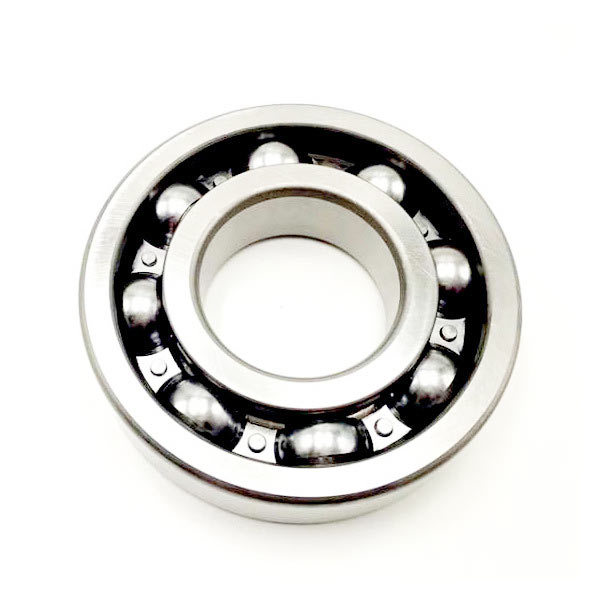14
2025
-
07
Understanding Deep Groove Ball Bearings: A Comprehensive Guide for Industrial Applications
Deep groove ball bearings are among the most commonly used types of rolling bearings, favored for their ability to accommodate both radial and axial loads in various directions. The design of these bearings features a simple structure, comprising an inner and outer raceway, a cage, and rolling elements (balls). This configuration allows for efficient operation at high speeds and reduces friction,
One of the fundamental characteristics of deep groove ball bearings is their ability to handle moderate to high-speed applications. The raceway grooves are designed to provide optimal contact with the rolling elements, which minimizes contact stress and wear. This is particularly advantageous in environments where equipment operates under heavy loads or continuous use. Additionally, their robust design enables them to function well in extreme conditions, such as varying temperatures and contaminated environments, making them suitable for a wide range of industrial applications.
In terms of lubrication, deep groove ball bearings can be fitted with a variety of lubricants, whether grease or oil, which helps to minimize friction and prolong the lifespan of the bearing. Proper lubrication is crucial in maintaining operational efficiency, reducing wear, and preventing overheating. Professionals should ensure that bearings are adequately lubricated according to the manufacturer's specifications to ensure optimal performance.
Another significant advantage of deep groove ball bearings is their versatility. They can be found in a wide array of applications, from electric motors and gearboxes to agricultural machinery and automotive components. Their adaptability means they can be customized to meet specific requirements, including varying sizes, materials, and shielding options. This flexibility enables industries to select the best bearing solution for their unique operational challenges.
When selecting deep groove ball bearings for industrial applications, it’s essential to consider key factors such as load ratings, speed ratings, and environmental conditions. Understanding these parameters will aid in making informed decisions that enhance the durability and efficiency of machinery. Proper installation and maintenance practices are equally important to ensure the longevity of the bearings and to avoid premature failures.
In summary, deep groove ball bearings are an indispensable component in industrial equipment, offering reliability, versatility, and efficiency. By understanding their design features and operational advantages, professionals can optimize their use in various applications, ultimately contributing to improved performance and reduced maintenance costs in industrial settings. Whether you're involved in machinery design or maintenance, having a comprehensive knowledge of these bearings will undoubtedly benefit your operations.
10% DISCOUNT FOR NEW CUSTOMERS

WhatsApp:+8613211157555
Tel: +8613211157555
Address:Room 1106, 11th Floor, No. 23, Fengshan West Road, Jinbang Community, Daliang Street, Shunde District, Foshan City, Guangdong Province
Copyright 2025 Schaeffler (Guangdong) Transmission Technology Co., Ltd. SEO Business license




